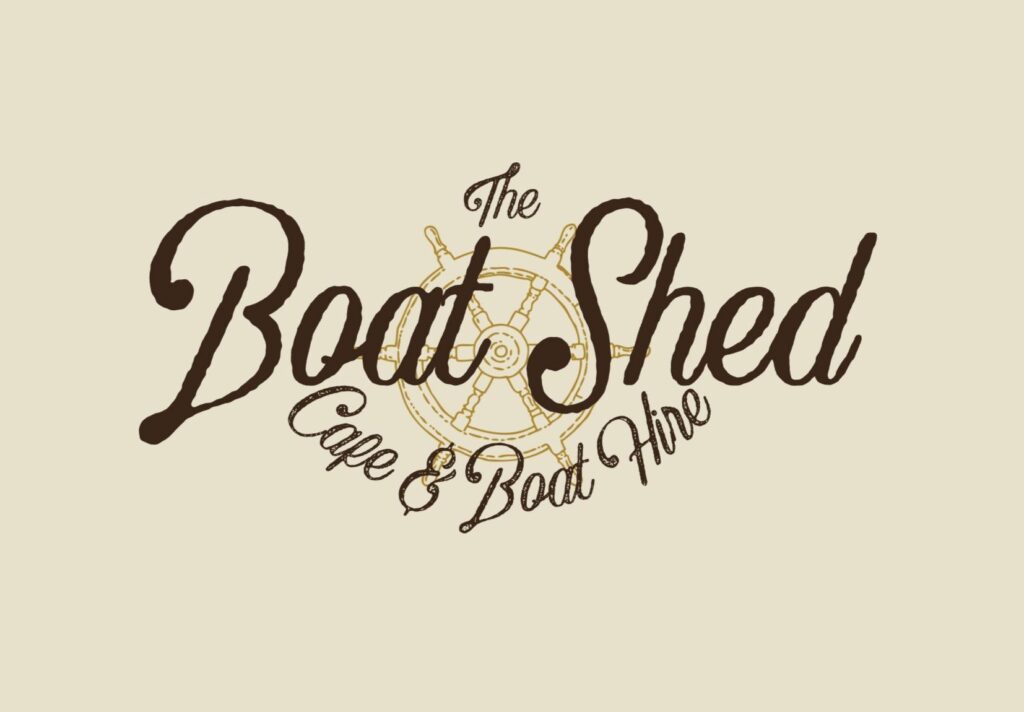Starting your gardening journey is exciting—but a little overwhelming too, especially when you’re unsure which tools you actually need. Whether you’re planting herbs on a balcony or tending a small backyard garden, having the right tools can make the experience smoother, safer, and more enjoyable.
In this beginner-friendly guide, I’ll walk you through the must-have gardening tools for beginners, why they matter, and how to choose the best ones to get your hands dirty with confidence.
🧤 1. Gardening Gloves
Why you need them: To protect your hands from cuts, blisters, thorns, and dirt.
Look for gloves that are:
- Durable yet breathable
- Water-resistant
- Well-fitted (not too loose or tight)
A good pair will keep your hands safe and clean, especially when dealing with prickly plants or handling soil for long periods.
🌿 2. Hand Trowel
Why you need it: Ideal for digging small holes, transplanting seedlings, and scooping soil.
Choose a hand trowel with:
- A comfortable, non-slip grip
- A sturdy stainless steel or aluminum blade
- A slightly curved shape for better scooping
This is one tool you’ll reach for over and over again.
🍀 3. Pruning Shears (Secateurs)
Why you need them: For trimming branches, shaping plants, and removing dead leaves or flowers.
Key features to consider:
- Sharp, rust-resistant blades
- Easy-to-use locking mechanism for safety
- Spring-loaded handles to reduce strain
They’re essential for keeping plants healthy and well-groomed.
🌼 4. Watering Can or Hose with Spray Nozzle
Why you need it: Every garden needs water—and the right tool helps you water efficiently.
- Use a watering can for indoor plants or small spaces
- Use a hose with adjustable nozzle for larger gardens or outdoor beds
Look for options that allow you to control the water pressure to avoid damaging delicate plants.
🌾 5. Garden Fork
Why you need it: Perfect for loosening soil, turning compost, or breaking up clumps.
For small gardens, a hand fork works well. For larger areas, consider a full-sized digging fork.
Choose one with:
- Stainless steel prongs
- A comfortable handle
- Solid build for heavy-duty use
🌻 6. Garden Hoe
Why you need it: Helps you clear weeds and loosen soil in beds before planting.
There are different types of hoes:
- Draw hoe – good for shaping soil and digging rows
- Dutch hoe – ideal for slicing weeds just below the surface
Pick one depending on your soil type and garden size.
🌱 7. Garden Rake
Why you need it: Useful for leveling soil, removing debris, and spreading mulch.
There are two common types:
- Bow rake – sturdy, for heavy-duty soil work
- Leaf rake – lightweight, for gathering leaves and light debris
If you’re just starting out, go for a bow rake—it’s more versatile.
🌿 8. Gardening Kneeler or Pad
Why you need it: Prevents knee and back pain when working close to the ground.
A foam kneeling pad or a foldable gardening bench makes long planting or weeding sessions much more comfortable.
🌸 9. Soil Tester Kit
Why you need it: Helps you understand your soil’s pH and nutrient levels.
With a simple tester, you can figure out:
- Whether your soil is acidic or alkaline
- Which nutrients may be lacking
- How to choose the right plants or fertilizers
A small investment that can save a lot of gardening frustration.
🌻 10. Storage Tote or Tool Organizer
Why you need it: Keeps all your gardening tools in one place so nothing gets lost.
Options include:
- Tool buckets
- Tote bags with compartments
- Portable tool boxes
Choose something lightweight and easy to carry around your garden.
🧠 Bonus Tips for Beginner Gardeners
- Start small – A few pots or raised beds are perfect for beginners.
- Use labels – Plant tags or markers help you track what you’ve planted.
- Learn as you go – Every mistake is part of the growing process.
- Don’t overwater – Check moisture levels before watering daily.
- Keep tools clean – Rinse after use to extend their lifespan.
💬 Final Thoughts
You don’t need a shed full of equipment to start gardening—just a handful of essential gardening tools for beginners. As you gain experience, you’ll naturally add to your toolkit. The key is to start simple, stay consistent, and enjoy the peaceful process of watching things grow.

Hey everyone, Richard here! I’m the manager of The Boat Shed Café & Boat Hire, located at the award-winning Soldiers Point Marina. Whether you’re stopping by for a delicious meal at our café or looking to hire a boat for a day on the water, we’ve got something for everyone.
